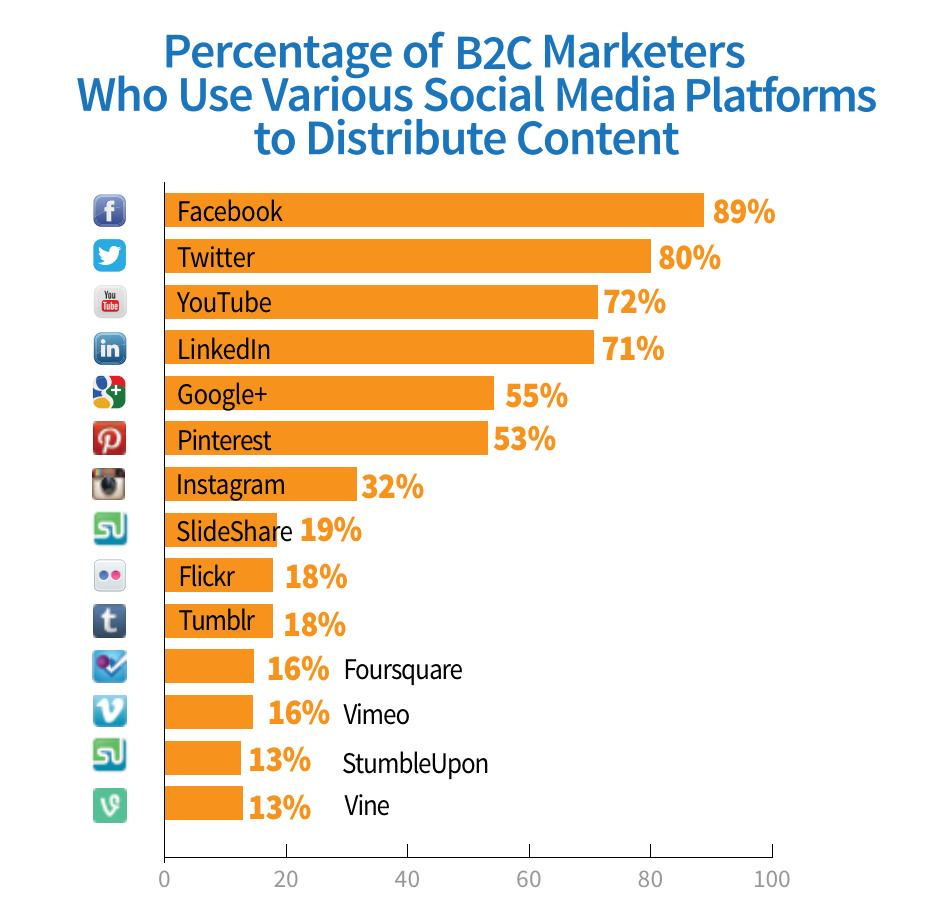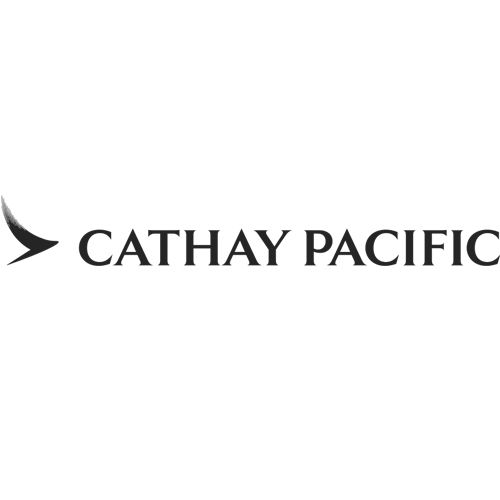High ROI Content Agencies in Singapore
- Tsamarah Balqis
- Sep 11
- 4 min read
Updated: Nov 25
Shortlisting a “high ROI” content agency in Singapore can feel like guesswork. Everyone promises reach, rankings, and virality but what you actually need is pipeline and revenue you can measure.

This article cuts the fluff. You’ll get a clear definition of high-ROI content, the signals to look for in an agency, how to measure impact in GA4/CRM, and a copy-paste RFP checklist so you can run a fair, apples-to-apples comparison.
What “High ROI” Really Means
“High ROI” content is strategy-led, distribution-powered, and revenue-tied. It maps buyer problems to assets, ships on a predictable cadence, and proves impact in GA4/CRM (SQLs, revenue, repeat rate) not just impressions or traffic.
Hire a content agency when you have product–market fit, clear goals, and basic tracking in place. If any of those are missing, fix them first; content magnifies truth.
The Singapore Factor
Seasonality & peaks: 11.11, 12.12, CNY, back-to-school. Content should prime demand before paid bursts and capture it after with BOFU assets.
Multilingual nuance: EN/CH/ID/MY variants, brand voice control, and localization (not just translation) for search and sales.
PDPA & trust: Transparent data capture, clean consent flows, and content that reduces risk and uncertainty for buyers.
Compact, competitive market: Attention is expensive; content must pull double duty rank and convert, or educate and enable sales.
What Makes a “High ROI” Content Agency
Strategy first, production secondThe agency can articulate your ICP, jobs-to-be-done, and funnel gaps. They propose content pillars and topic clusters tied to outcomes (demo requests, carts, bookings).
Revenue tie-in, not vanity They design GA4 events and CRM fields before publishing: content_engaged, lead_submitted, demo_requested, checkout_started, purchase. They report assisted conversions and content cohorts (performance by concept), not just pageviews.
Operational velocity Editorial calendars, SLAs, and a sprint rhythm (planning → production → review → publish → distribute). They repurpose long-form to short-form, video to posts, posts to email without losing message quality.
Distribution plan Every asset ships with an owned/earned/paid plan: SEO, email, social (LinkedIn/IG/TikTok), PR, and light paid amplification. Publishing is step three, not the finish line.
Sales enablement They turn content into one-pagers, decks, talk tracks, objection docs, and short clips sellers can drop into WhatsApp or email. Marketing starts the story; sales finishes it.
Quality gates & E-E-A-T Expert review, data citations, and brand voice control. They can show you a real content brief with angle, hook, outline, sources, SEO consultant singapore requirements, and distribution notes.
Content That Actually Drives ROI
Bottom-funnel workhorses
Comparison pages (“Us vs Alternatives”) that speak plainly about trade-offs.
Pricing guides with transparent models and cost-drivers.
Case studies structured as problem → approach → proof → outcomes.
Product-led tutorials that shorten time-to-value and reduce support load.
Middle-funnel builders
Problem/solution playbooks and ROI calculators that sales can reuse.
Webinars → articles → shorts repurposing loops to extend reach.
Top-funnel magnets
Data reports and benchmarks that earn links and press.
Point-of-view editorials that anchor your brand’s stance in the category.
eCommerce specifics
Collection page copy with comparison blocks, size/fit tips, and bundles.
PDP upgrades (FAQs, UGC briefs, rich media) + Product/Breadcrumb/FAQ schema.
Shoppable stories for drops and seasonal kits.
B2B specifics
Sales enablement kits, vertical landing pages, implementation guides, and security/IT one-pagers for multi-stakeholder deals.
Measurement & Attribution
Event design Map GA4 events to your funnel: view_content → content_engaged (scroll/time) → lead_submitted / demo_requested / checkout_started → purchase. Mirror key steps in platform pixels.
UTMs & content IDs Every asset and snippet uses consistent UTMs and a content ID so you can track performance across channels. Example: utm_campaign=playbook_automation&cid=PLB-2025-01.
Assisted conversions & post-purchase surveys Don’t let last-click steal credit. Use model comparisons and a 1-question post-purchase survey (“What influenced you most?”) to capture assists from content and creators.
Cohort analysis by concept Group results by concept (hook/storyline) rather than only by URL. Scale ideas that convert, not just the best-performing page.
North-star metrics
B2B: SQLs, pipeline/revenue, sales cycle impact, win rate for deals touched by content.
eCom: Revenue, AOV, repeat rate, and bundled attach.
Blended: CAC/ROAS across paid + organic, not channel silos.
90-Day High-ROI Content Plan
Weeks 1–2 Diagnose & Design
ICP workshops, funnel gap analysis, event/UTM architecture, and a 90-day content calendar.
Draft 3 pillar concepts with derivative assets (web, email, social, short video).
Sales interviews to capture objections and proof points.
Weeks 3–6 Produce & Ship
Ship 1 BOFU asset/week (e.g., pricing guide, comparison page, case study).
Repurpose each into 3–5 snippets for LinkedIn/IG/TikTok + 1 email.
Publish 1 MOFU playbook that sales can use in nurture sequences.
Implement structured data (Product/FAQ/Breadcrumb) and fix obvious CWV issues.
Weeks 7–10 Distribute & Learn
Light paid amplification for top assets to target ICP segments.
CRO passes on pages with traction (headline, proof blocks, CTA position).
Launch a post-purchase/closed-won survey to capture content assists.
Weekly creative/angle reviews; kill underperformers at 1.5–2× target CPA.
Weeks 11–12 Scale & Systemize
Double down on winning concepts: fresh hooks, new formats, updated examples.
Build a sales enablement kit (one-pagers, slides, short clips) from the month’s best content.
Roll insights into Q2 plan: velocity, channel mix, and next cluster to own.
Common Pitfalls
Publishing without distribution: Treat channels as part of the asset, not an afterthought.
Rankings obsession: Rankings matter, but revenue per session and assisted conversions decide budget.
No sales loop: If sales can’t find or use your content, ROI will stall. Centralize assets and involve sellers in planning.
Data fog: Fix tracking first bad data kills good strategy.
Final Recommendation
Pick a partner that can map content to revenue, ship at a steady pace, and prove what worked (or didn’t) with GA4/CRM evidence. Prioritize agencies that show you a real brief, a distribution plan, and dashboards before you sign. Then hold them (and yourself) to a simple cadence: plan → ship → distribute → measure → iterate.
👉 Book a free 20-minute audit at papercutsg.com and get a Singapore-specific roadmap KPIs, content angles, distribution plan, and a reporting template that keeps everyone honest.

.png)
.png)
.png)



























.jpg)